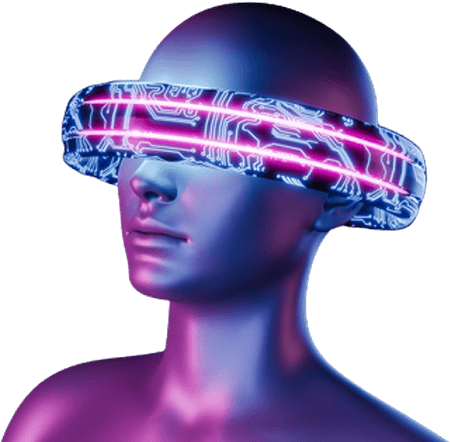Design Principles to Follow While Designing a Logo
A logo uses design elements like text, images, colors, and shapes to present a brand and distinguish it from competitors. A good logo has a clear impact and works across different mediums.
It communicates the purpose and personality of the brand in a memorable way. If you want to create powerful logos, you need to understand more about what makes them effective. Here are some logo design principles to follow.
Embrace simplicity
Simple logo designs usually stand the test of time and are more memorable than complex logos with too many colors or fonts. A good logo design isn’t overcrowded and contains a few well-chosen elements. The elements you use must convey meaning in a powerful way. In 1977 Apple changed its logo from a cluttered design to the simple Apple shape that’s still so recognizable today.
As a graphic designer, you probably use an Apple computer and much of the graphic design software you use will be subscription-based. Your Apple subscriptions can easily accumulate. Knowing where to find and manage subscriptions on your iPhone and other Mac devices is crucial.
To find subscriptions on iPhone you will go to System Preferences>Apple I.D. and navigate to Media & Purchases. From there you will click Manage next to Subscriptions. This enables you to cancel a free trial you get with most subscriptions before it runs out. You can also cancel subscriptions you no longer use.
Make it look relevant
One of the important logo design principles to keep in mind is relevance. You need to do some research about a brand if you intend to design a relevant logo for it. The logo must convey a brand’s personality, values, and objectives. It must reflect the essence of the brand and tie back to its core values. It helps to choose five to ten words that describe a brand to guide your logo design.
Design for a target audience
When designing a logo for a brand, you will need to find out more about the demographics and interests of its target audience. How do you want the audience to feel when they encounter the logo? Some of the target audience demographics you need to consider are:
- Age
- Gender
- Location
- Education
- Occupation
For example, if the ideal customer is a young adult, you can include fun or quirky elements in the logo.
Make it timeless
If the plan is to make a logo timeless, it’s wise to steer clear of the latest design trends that may not last. A complex one is less likely to be able to adapt to changing trends over time than a simple one. A simple classic style can represent a brand for many years. Nike’s iconic logo is a simple swoosh shape that’s been working for it since 1995.
Keep versatility and scalability in mind
A logo has many purposes so it has to be versatile and adaptable. Graphic design logos should be able to work in many different contexts. They should be responsive and able to vary in size without losing the effect. Every part of it should be legible regardless of its size.
Slack had a memorable logo with 11 colors and an 18-degree angle. It was distinctive and playful but it was also easy to get wrong. In 2019 it unveiled a new logo that could scale more easily and work better in more places.
Choose the right typography
Good logo ideas can go badly wrong if you use too many, or inappropriate fonts. The fonts you choose are crucial in a design. A serif font with stems on letters is more formal and suitable for professional business designs. A sans-serif font that doesn’t have these stems is more informal. The Google logo started off as a serif font and changed to a sans serif font.
Be strategic about your color choice
The color palette you choose says a great deal about a brand. You need to use the right colors so that you can evoke certain emotions in viewers. Most brands only use one or two colors in their logos.
- Blue communicates trustworthiness and maturity. Banks and insurance companies often use blue.
- Green evokes freshness, nature, and health. Health and eco-friendly companies frequently use green.
- Red is a passionate, energetic, vibrant color. Brands that sell products or services to a younger generation may use red in their logos.
Conclusion
By using the above design elements and principles as a guide, you will be able to create logos that have an impact and stand out from the competition. Logos need to be kept simple, accurately represent the brand, and appeal to the target audience. They must be relevant and scalable. Your font and color choices can make them memorable and timeless.
Related


